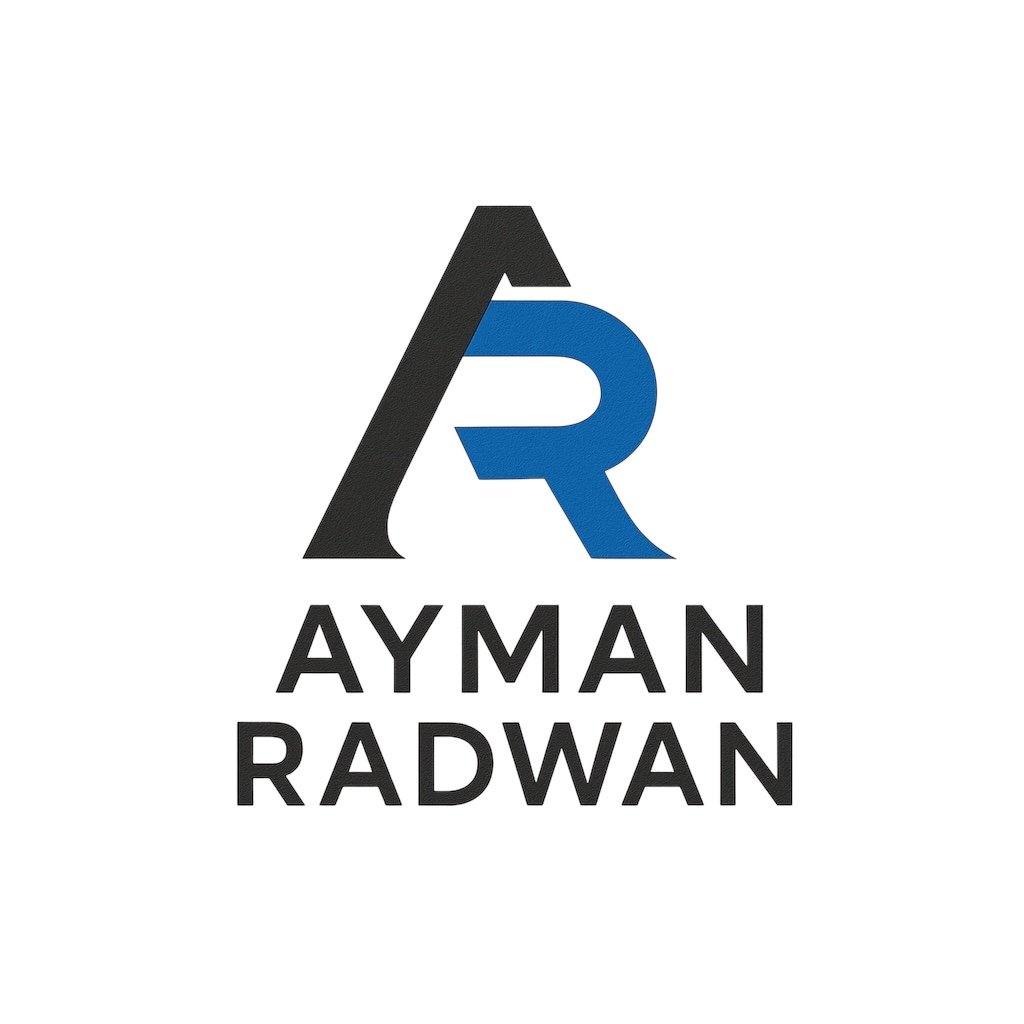In today’s media landscape, trust is the most valuable currency. With the rapid rise of AI-generated content, deepfakes, and manipulated media, news channels face increasing pressure to prove the authenticity of their reporting. C2PA (Content Provenance and Authenticity) is a global standard designed to bring transparency, accountability, and verifiable trust to digital content.
What is C2PA?
The Content Provenance and Authenticity (C2PA) standard was developed by a coalition of industry leaders, including Adobe, Microsoft, Intel, and the BBC. Its mission is to:
- Bind metadata to content to show origin, editing history, and authenticity
- Use cryptographic signatures to prevent metadata from being altered or stripped
- Provide content credentials—a tamper-evident record for images, video, audio, and documents
C2PA allows audiences, publishers, and platforms to verify whether content was captured by a journalist, edited in professional software, or generated with AI tools.
Why C2PA Matters for News Channels
1. Protecting Credibility in Journalism
Audiences expect news outlets to deliver verified facts. Embedding C2PA credentials ensures visuals and audio are authentic and unaltered, preserving editorial integrity.
2. Defending Against Deepfakes and Disinformation
Fake videos imitating broadcasters are a growing threat. With C2PA, newsrooms can confirm:
- “This is our authentic video, cryptographically signed by us”
- “This viral content lacks our credentials”
C2PA acts as a digital defense against misinformation.
3. Transparency for Viewers
Audiences can review “Content Credentials” to see:
- Who captured the footage
- How it was edited
- Which newsroom published it
This enhances audience trust and engagement.
4. Verifying User-Generated Content (UGC)
UGC plays a critical role in breaking news. C2PA allows ingest systems to validate provenance at submission, flagging suspicious media before it airs.
5. Regulatory Compliance and Ethical Standards
With global media alliances (IPTC, EBU, CAI) standardizing provenance, early adoption positions broadcasters as leaders in responsible journalism.
6. Preserving Digital Archives
News archives are cultural records. Embedding provenance ensures historic footage remains authentic and verifiable for future generations.
How C2PA Fits Into a Newsroom Workflow
- Capture → C2PA-enabled cameras sign content at creation
- Ingest → Newsroom systems validate provenance (Dalet, Avid)
- Editing → C2PA-compliant tools (Adobe Premiere, Photoshop, After Effects) log edits with a chain of custody
- Archiving → Master files preserved with credentials intact
- Publishing → Broadcasters sign content with a verified publisher certificate
- Verification → Audiences, fact-checkers, and platforms confirm authenticity in real time
Case Studies
BBC: Detecting Fake Audio in Real Footage
After a Haiti prison break, a viral clip included added gunshot sounds. By examining C2PA metadata, BBC verified:
- The video footage was genuine
- The gunshot audio was fabricated
This allowed the BBC to report responsibly, maintain credibility, and prevent misinformation.
France Télévisions: Operational C2PA Integration
France Télévisions implemented C2PA throughout its workflow:
- Capture → Provenance-enabled cameras
- Editing → Metadata preserved during post-production
- Publishing → Broadcast copies cryptographically signed
Audiences can view the full content journey, reinforcing trust and transparency.
Tools and Platforms Supporting C2PA
- Adobe Photoshop, Premiere, Firefly → Embed and preserve content credentials
- Microsoft Azure OpenAI → AI-generated images signed at creation
- Digimarc Verify → Browser extension for instant verification
- Content Credentials Verify → Free online tool
- IPTC Origin Verified → Certifies major news publishers like BBC, AFP, CBC, and France Télévisions
The Future of Trusted Journalism
As AI tools evolve, distinguishing truth from fabrication becomes increasingly complex. For news organizations, trust defines survival.
Adopting C2PA provides:
- A reputation advantage in the era of disinformation
- A compliance edge as regulators require transparency
- A technology framework ensuring content credibility for generations
C2PA is more than metadata—it is a strategic investment in credibility, audience trust, and the future of journalism.

